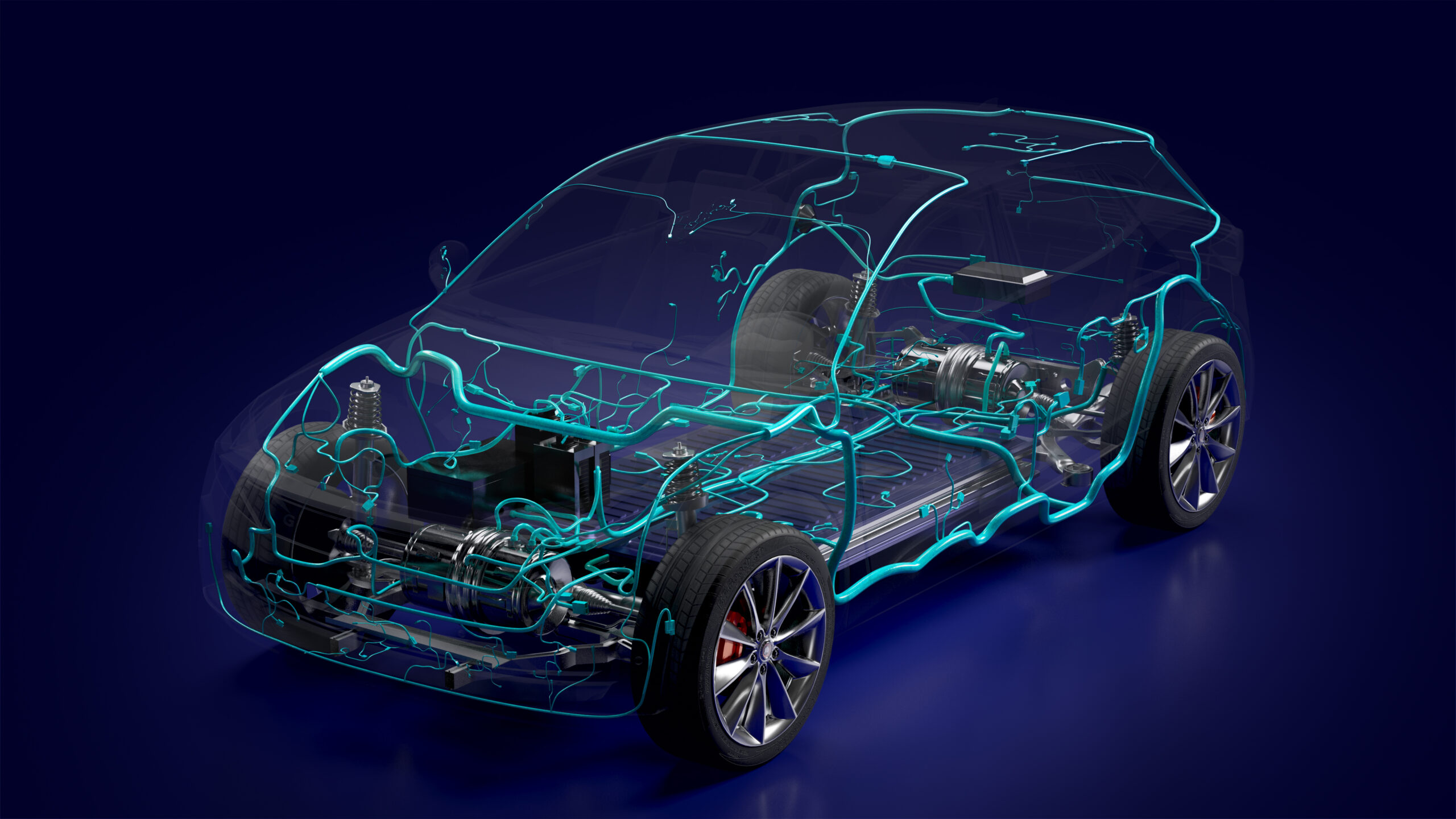Looking back on 2023 – A writer’s perspective pt. 1

The Thought Leadership Team of writers at Siemens Digital Industries Software is often on the lookout for new types of content, new mediums, or new ideas for how to engage our audience in interesting ways. Usually, when it comes to the content of those communications, we rely on the deep expertise and intelligence of our many internal experts to provide the critical points and key ideas while we, as writers, concern ourselves with the minutia of word choice, sentence structure, and “flow”. This year, we thought we could try something a little different by encouraging each writer to give their own perspective by way of a summary of what we have worked on in the past year.
In the course of our duties, us Thought Leadership writers have the privilege of interacting with dozens of experts who collectively possess hundreds of years of experience in all aspects of the industries we cover. As we work with these experienced and clever people to produce articles, blogs, podcasts, and more we get to absorb some of their thoughts on the most important trends, challenges, technologies, and other dynamics affecting their respective industries. The hope for this blog is to summarize what I have learned over the last year of collaboration with industry leaders here at Siemens.
Continuing in this two-part blog I’ll highlight each of the main topics for which I am responsible and briefly describe the most important or most discussed aspects of each topic over the last year.
The Future of Mobility – Automotive and transportation driven by software, advanced electronics
The automotive and transportation industries are among the largest and most visible in the world. Cars play a role in our everyday lives, and positive experiences with a vehicle can engender long-term loyalty and favorable associations between a customer and an automaker. This has long been the case for automakers. Yet, the last decade has seen a significant shift in how these positive experiences are created; what customers look for when buying a vehicle is changing, and that is driving a significant disruption for automotive companies today.
Much of this shift is the result of the rapid and widespread growth of software and electronics devices throughout our lives. Much like our homes, appliances, phones, and more, vehicles are increasingly filled with complex software and powerful chips that, together, enable the most advanced features and functions available in the market. Where engine size, horsepower, or even automatic transmissions used to be the marquee features of a vehicle, it is the availability of highly advanced software and electronics features that drives customer decisions today.
People want cars that can connect with their other devices, help them avoid accidents and parallel park, and provide customizable user experiences. While the electrification and automation of vehicles both garner the most headlines and are certainly important trends to watch for the future, it is the mounting importance of vehicle software and computer chips that is driving the largest change for both automotive companies and their customers today. Indeed, this very transition – from the mechanical to the digital – is the first step on the long road to smart, connected, electrified, and autonomous vehicles.
Nand Kochhar, VP of the A&T industries at Siemens Digital Industries Software, summarized the physical-to-digital transition in the automotive industry in an article earlier this year with the following:
“Software is now a critical component of nearly every modern vehicle. Automotive consumers continue to demand high-tech, software-enabled features. This transition towards a software-defined vehicle is causing rapid growth in vehicle complexity and changing the nature of automotive development. To remain competitive in the modern automotive industry, automotive original equipment manufacturers and suppliers must deliver innovative software-driven vehicle features that integrate seamlessly with a vehicle’s mechanical, electrical, and electronic systems.”
This trend, or similar versions of it at the very least, is taking place in several other industries at the same time. In fact, there are a number of cross-industry trends that have persisted through the last few years. In part 2, I talk a bit about two of these trends and how companies can address the challenges these trends present.


